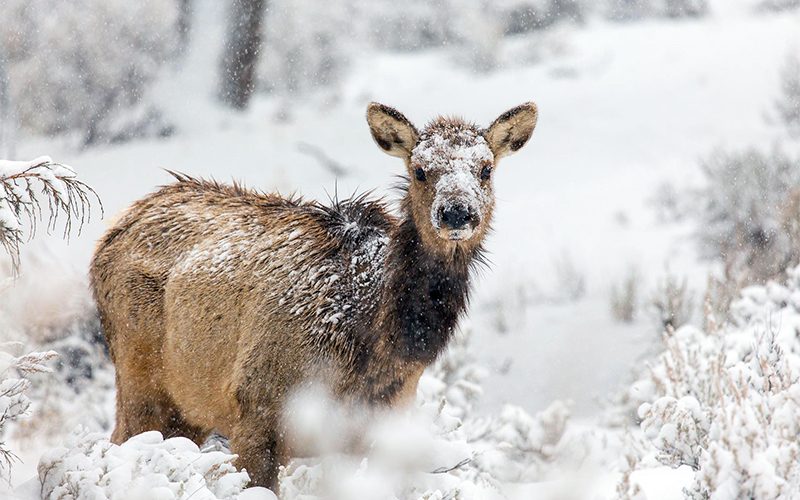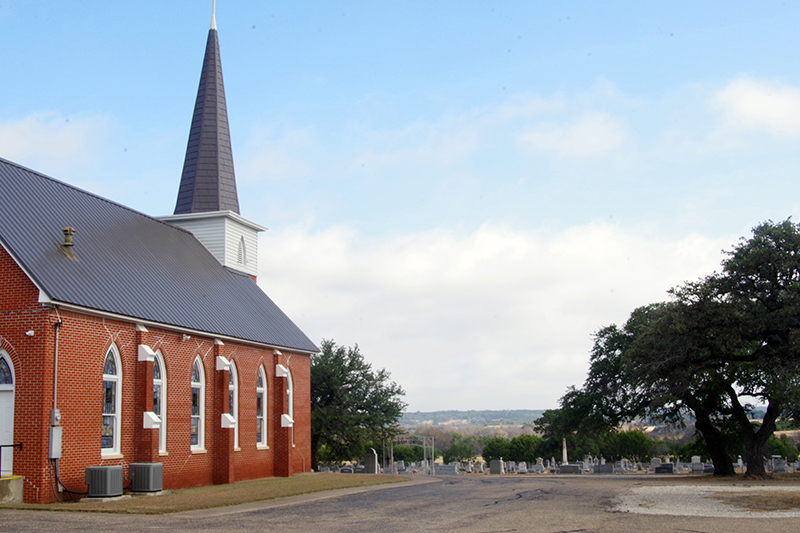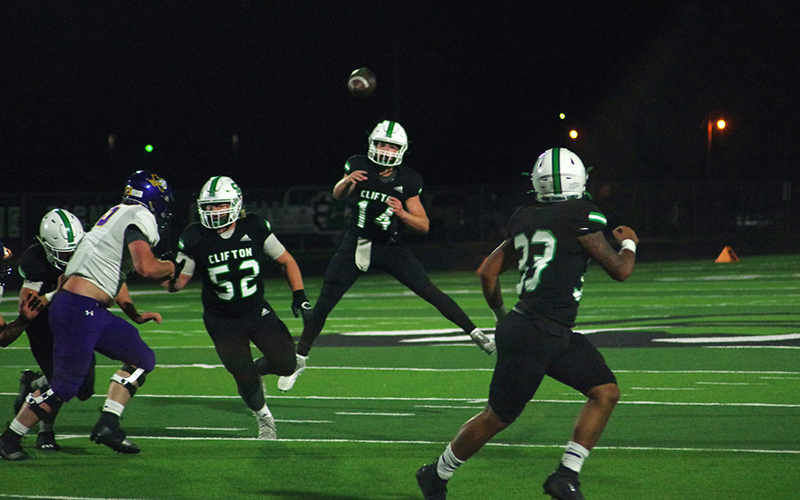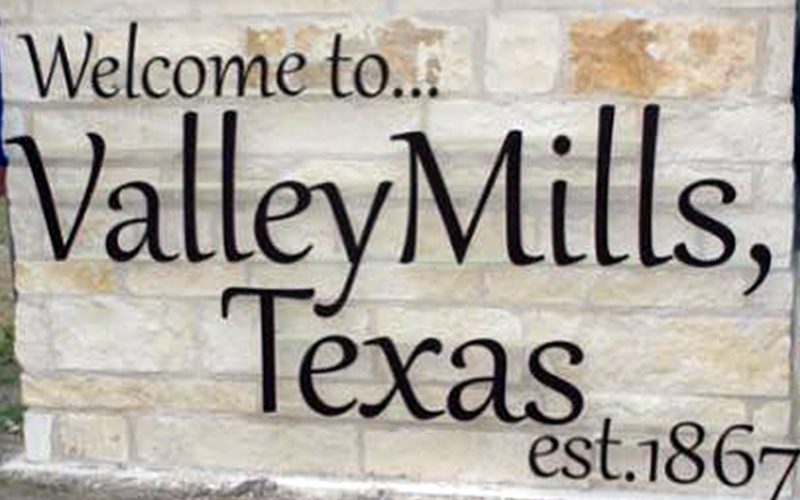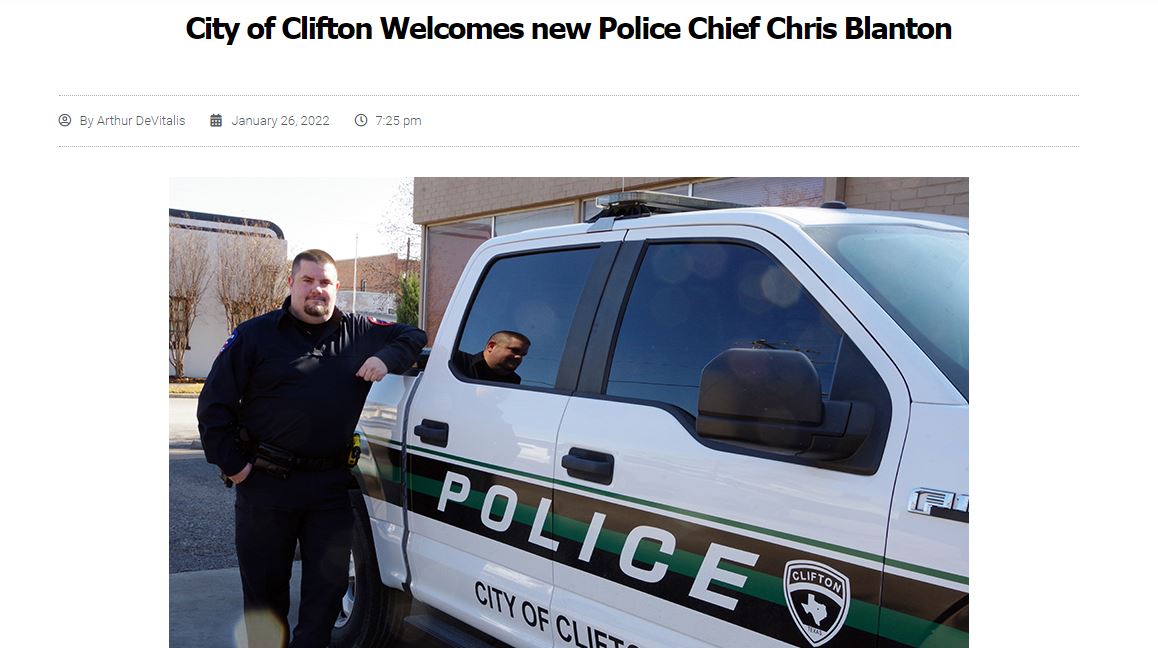District Wildlife Manager Sam Peterson is excited to see what tracking collars do for local elk herds along the front-range territory.
“Some people call us game wardens, some people call us wildlife officers. I kind of roam from the Continental Divide down to I-25, address wildlife issues and help with the wildlife management in the area.”
- Peterson, speaking of his role and work Tweet
He works in the southern portion of Boulder County, Jefferson County, and northern Gilpin County. He said that increased development and recreation in the area has led to questions about elk migration and how to preserve the habitat they travel in.
Colorado Parks and Wildlife just began the E38 elk study, in which elk are briefly captured so that researchers can put on tracking collars. In previous years, Peterson says that the department has relied on aerial counters from a helicopter with tracking equipment, but the quick catch-and-release is better for gathering statistical data, as opposed to just observation.
By doing this, the herd is tracked by population, but the GPS signal also provides a map for migration paths. Wildlife officers can plan areas to avoid development in to lessen the impact on local animal populations from habitat destruction.
Over the last couple days, the team has been working to tag these elk via helicopter and a plane that many have seen around the Peak to Peak region.
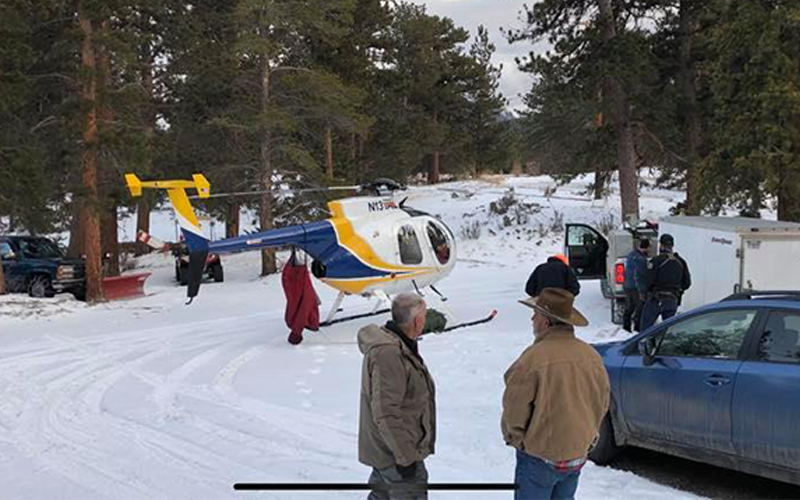
“It’s standard practice for deploying these collars.”
- Peterson Tweet
He said that there are a couple ways for catch and release. Ground capture can be achieved with a Clover Trap, with a tripwire that drops a gate or net in an enclosed area.
When using a helicopter, tranquilizer darts or a net gun are commonly used. Unless you’re looking for tissue or bloods samples, using a tranquilizer dart is impractical and could end up injuring an animal. For elk, the department goes with the latter.
“The net gun is really the best way to do that. We can just get the animal on the ground quick, put the collar on them fast, and get the animal loose with having to sedate them or anything like that. We’re working with a couple different land management agencies in the area that are curious about what they can do best to help protect this place.”
- Peterson, on the methods used Tweet
At the Calwood fire in Colorado last year, state wildlife experts and even Peterson observed deer and elk near the flames. They saw the flames coming down the hillside, but had the natural instinct to move away from the fire’s path. He was helping move horses out of the area at Heil Valley Ranch, and saw the deer dancing away from the flames, with a lax approach to actually evacuating the area. The Cameron Peak fire had GPS-equipped herds in the vicinity.
“We saw that the elk were staying out in front of fire, and they would stay away from the hot zones. In areas where there wasn’t severe burning or just spotty burning, they were really able to jump back in and start using the area [for forage].”
- Peterson, speaking of the fire Tweet
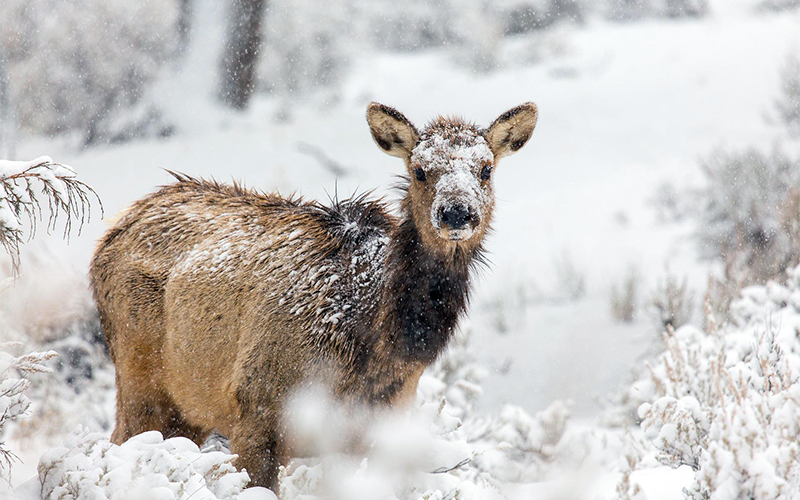
The elk may be of special interest, but the moose population is rising in the Nederland area as well. Moose are Peterson’s favorite animal.
He urged caution in moose encounters, noting one incident last summer in Ned. An unfortunate passerby ran straight into a mama moose in Chipeta Park. Thankfully, no injuries to human nor moose were reported, but Peterson still urges the public to call for help if you unexpectedly encounter the animals in a dangerous situation. If you are being charged, climb a tree or put something solid in between yourself and the moose.
Statewide, Colorado Parks and Wildlife has seen moose incidents more often. They’re fairly frequent in the Peak to Peak Region, but the number across the state has risen as well. It’s important to keep your distance and avoid contact if possible. While elk populations and movements are currently tracked, moose populations have definitely flourished in recent years.
“We’re looking forward to having this information on the elk. Hopefully we can make some good, sound decisions in the coming years.”
- Peterson, on the tracking project Tweet
He thanked the landowners for all the help in the area, and appreciates the support from the communities, their interests and members.
Sam Peterson is a District Wildlife Manager with the Colorado Parks and Wildlife Department. He can be contacted at [email protected] or by calling 303-291-7227. For more information, news releases, and projects, visit cpw.state.co.us.
For more of my work featured on www.themtnear.com, click here.
